L
laura26Sep 2, 2025
Why does mist emerge from my Panasonic Air Conditioner indoor unit?
- IibaileySep 2, 2025
The mist emerging from your Panasonic Air Conditioner's indoor unit is a condensation effect due to the cooling process.
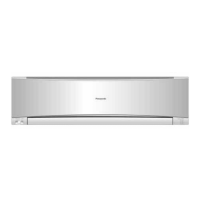
Why does mist emerge from my Panasonic Air Conditioner indoor unit?
The mist emerging from your Panasonic Air Conditioner's indoor unit is a condensation effect due to the cooling process.
Why is my Panasonic CS-S9KKQ Air Conditioner noisy during operation?
If your Panasonic Air Conditioner is noisy, check if the unit has been installed at an incline. Also, ensure that the front panel is closed properly.
Why does the unit not receive the signal from the remote control of my Panasonic Air Conditioner?
Make sure the receiver of your Panasonic Air Conditioner is not obstructed. Certain fluorescent lights may interfere with the signal transmitter. Please consult authorized dealer.
Why is the timer indicator always on in my Panasonic CS-S9KKQ?
The timer indicator is always on in your Panasonic Air Conditioner because the timer setting repeats daily once it is set.
What to do if Panasonic Air Conditioner remote control does not work?
If the remote control for your Panasonic Air Conditioner isn't working, first ensure the batteries are inserted correctly. If the display is dim or the transmission signal is weak, replace the weak batteries.
Why does my Panasonic CS-S9KKQ Air Conditioner outdoor unit emit water or steam?
The water or steam emitted from your Panasonic Air Conditioner's outdoor unit is due to condensation or evaporation occurring on the pipes.
What to do if my Panasonic CS-S9KKQ unit does not work?
If your Panasonic Air Conditioner unit isn't working, check if the circuit breaker is tripped and check if timers have been set.
| Brand | Panasonic |
|---|---|
| Model | CS-S9KKQ |
| Category | Air Conditioner |
| Language | English |
Safety warnings for indoor and outdoor units.
Safety warnings for the remote control.
Instructions for turning the unit on or off.
Details the selection range and energy-saving tips for temperature.
Explains AUTO, COOL, and DRY modes.
Lists common symptoms and their causes that are not malfunctions.
Actions to take before calling for servicing.
Procedure to retrieve error codes using the remote control.
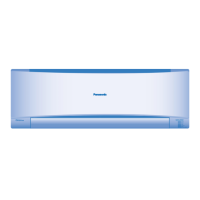

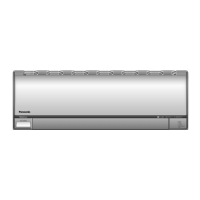
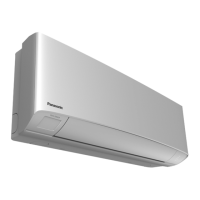
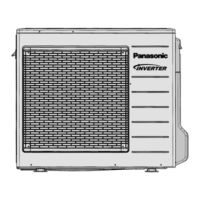
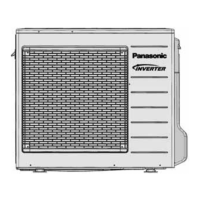
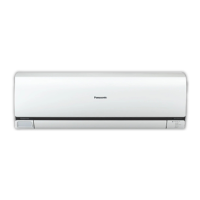
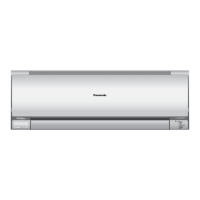
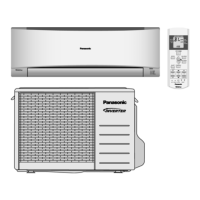
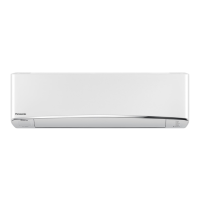
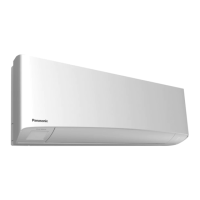
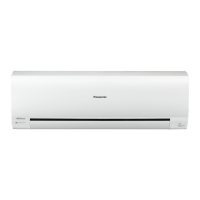
